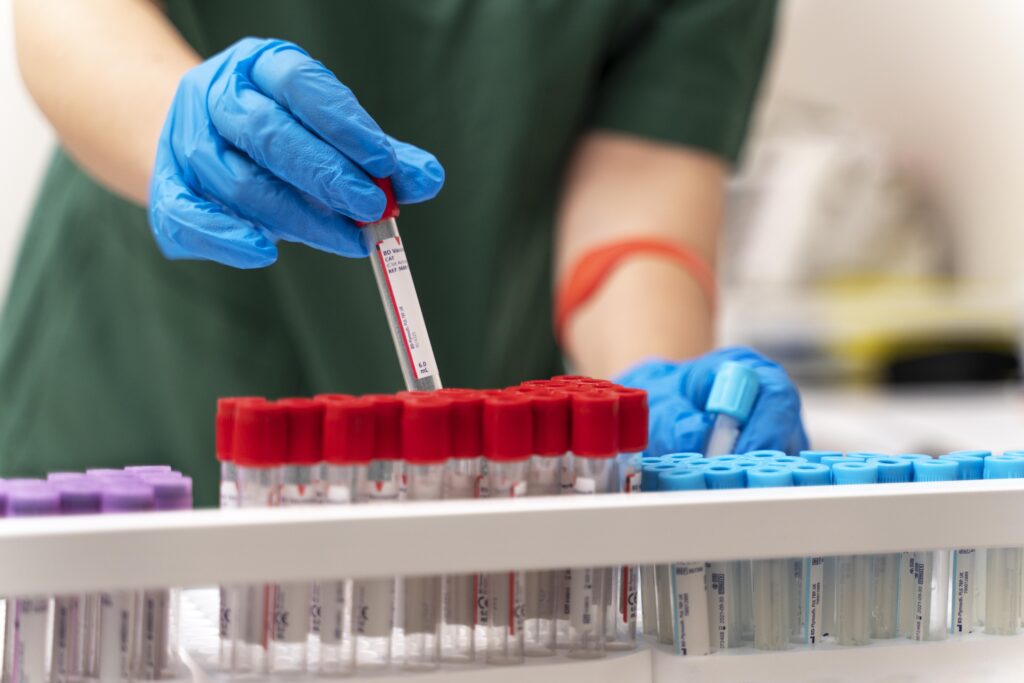What is Reticulocyte Count?
Reticulocyte count is a blood test that measures the number of young red blood cells, called reticulocytes, in your blood. Red blood cells carry oxygen throughout your body. Reticulocytes are new red blood cells made in your bone marrow. They enter your bloodstream before becoming mature red blood cells. Because of this, the reticulocyte count test helps doctors see how well your body is making red blood cells. This test is often part of a complete blood count or CBC.
Why is the Reticulocyte Count Test Important?
Doctors use the reticulocyte count test to check your bone marrow health. For example, if you have anemia, this test can show if your body is making enough new red blood cells. It also helps find out if treatments for blood problems are working. In addition, the reticulocyte count test can help diagnose conditions like:
Because of these reasons, the importance of reticulocyte count in blood tests is clear. It gives doctors valuable information about your health.
How is the Test Performed?
The reticulocyte count test is simple and quick. First, a healthcare worker takes a small blood sample from your arm. Then, the sample goes to a lab. There, experts use special stains and machines to count the reticulocytes. You do not need to fast or prepare in any special way for this test. Most people feel only a small pinch during the blood draw. Afterward, you can return to your normal activities right away.
What Do the Results Mean?
After the test, your doctor will explain the results. Here is what they may mean:
However, results can vary based on age, health, and lab methods. Therefore, always discuss your results with your doctor.
When Should You Get Tested?
Your doctor may suggest a reticulocyte count test if you have symptoms of anemia, such as tiredness, pale skin, or shortness of breath. Sometimes, the test is done to check how well treatments for blood disorders are working. In some cases, doctors use this test to monitor recovery after blood loss or surgery. If you live in a place with high rates of anemia, like some parts of India or Africa, your doctor may order this test more often.
Frequently Asked Questions (FAQs)
Summary and Next Steps
In summary, the reticulocyte count test is a simple way to check how well your body makes new red blood cells. It helps diagnose and monitor many blood conditions. If you have symptoms like tiredness or pale skin, talk to your doctor about whether you need this test. For personalized advice about reticulocyte count testing, consult a healthcare professional.

